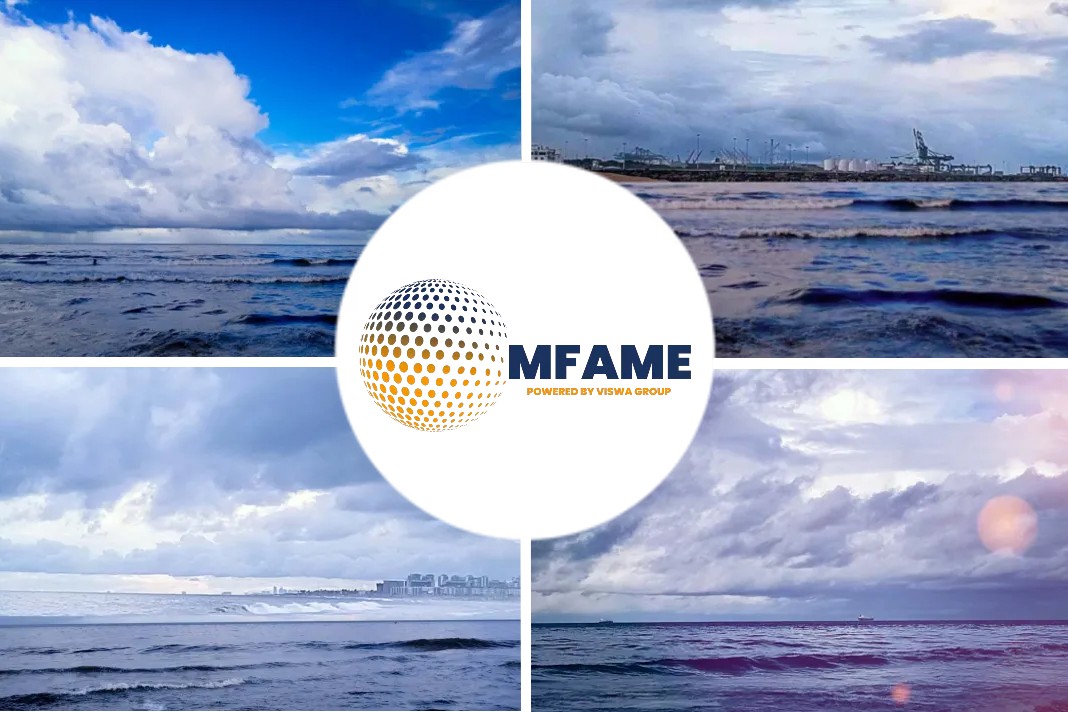A new Smart Bollard is under test at Hutchison Ports ECT Delta Terminal on the Maasvlakte, Rotterdam, says an article published in PortStrategy.
Innovation begins to accelerate improvements
The Smart Bollard will be tested over the coming months and subject to positive results will be officially launched this summer.
Joppe Burgers, Senior Project Engineer & Project and Programme Manager, Port Authority of Rotterdam says, “In order to accelerate improvements in the port we started an innovation and research programme some years ago. The programme is all about safety in the port, cost efficiency and making the port more efficient through innovation, research and digitisation.”
Research and development process
The R&D process started by establishing that bollards are the first interface between a vessel and port infrastructure. Strietman initiated the development of the concept with research and measurement runs on existing bollards, only to find it was best to design a new bollard to achieve the exact and reliable measurements and required control of the mooring process from 100 to – 300 tonnes. The application extends across all seagoing vessels right through from container vessels to bulk carriers.
Straatman on collaborative efforts
Maarten Verboom, Sales Manager, Straatman, praises the collaboration with both the port authority and the port community in Rotterdam.
He said, “They have a lot of know-how about the use of the bollards. The boatmen association also developed the ShoreTension system together with the port authority and ECT years ago. ShoreTension is a hydraulic mooring system that automatically keeps mooring lines tight in severe conditions such as suction caused by passing ships, severe weather conditions and swell. It also prevents mooring lines from breaking in the case of on/offloading and tidal differences.”
Benefits of Smart Bollard
Smart Bollard has the potential to simultaneously enhance safety and reduce downtime. Going forward it is also seen to be possible to further develop software to the point where data can be monitored onboard a ship, including an alarm system to warn of critical mooring lines strain and a line break.
It will be more cost-intensive than the existing bollards, but the return on investment will be worthwhile, enhanced by increased safety due to predictability.
Did you subscribe to our daily newsletter?
It’s Free! Click here to Subscribe!
Source: PortStrategy

















